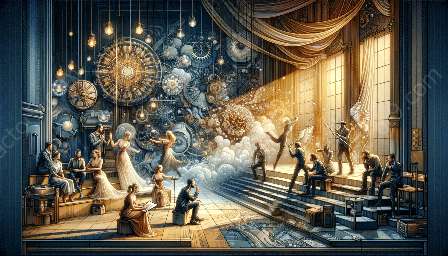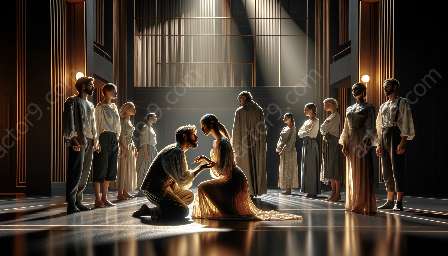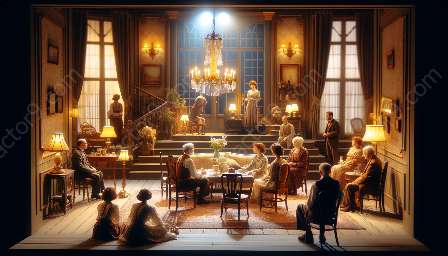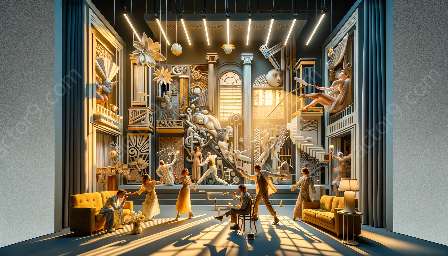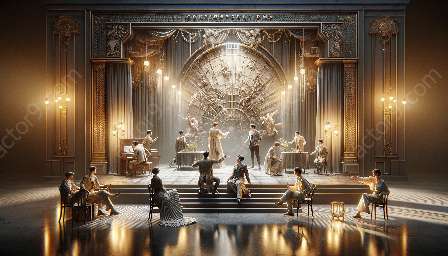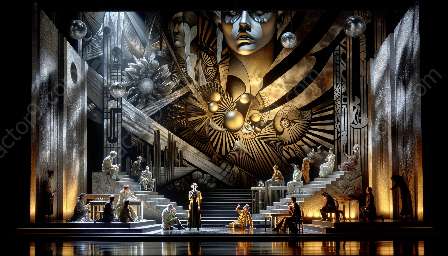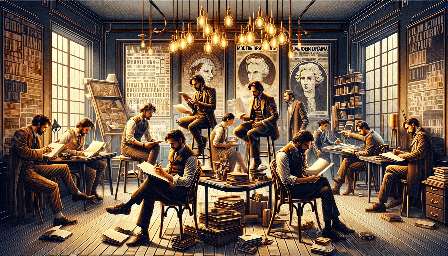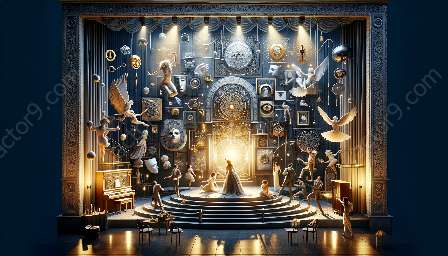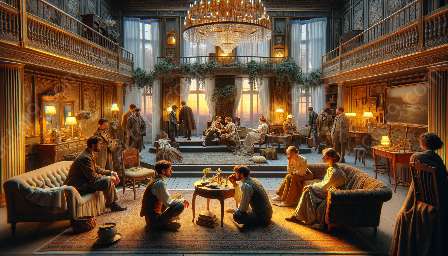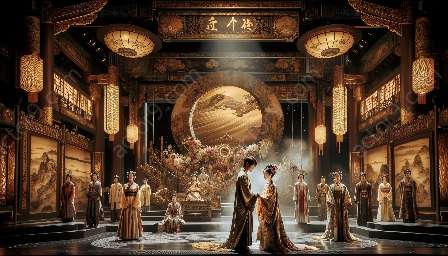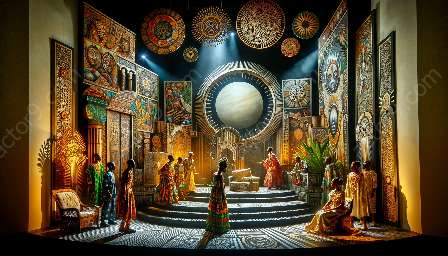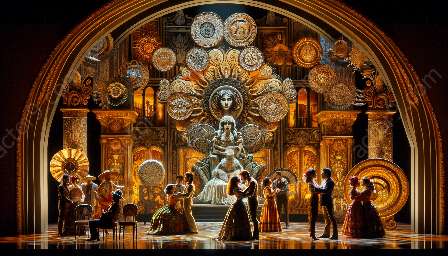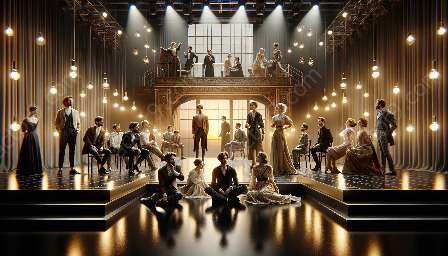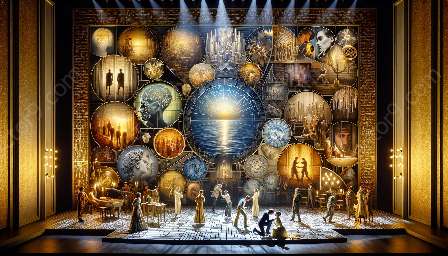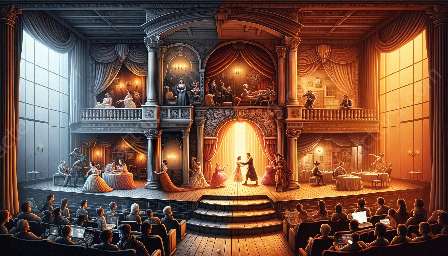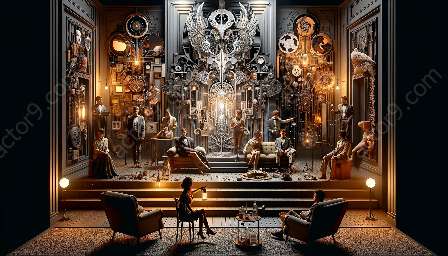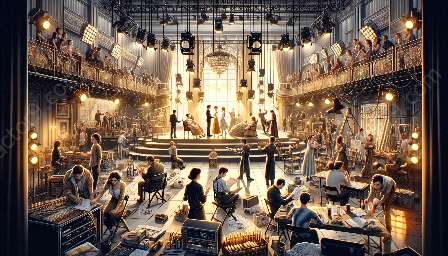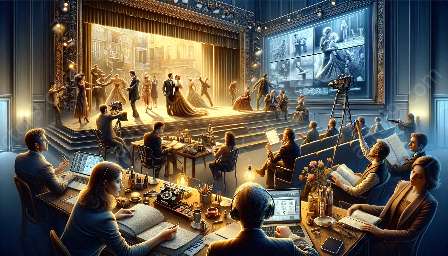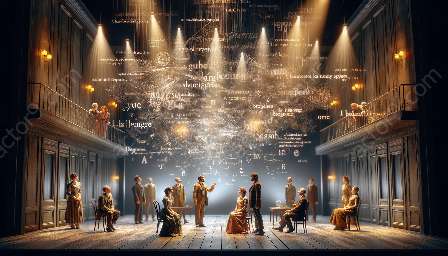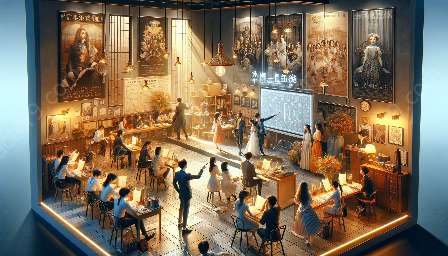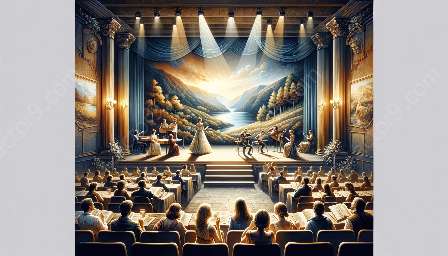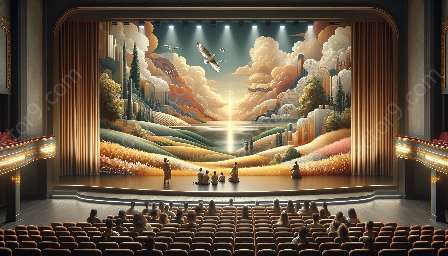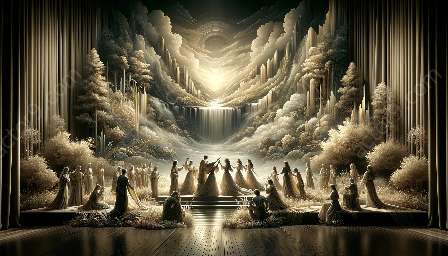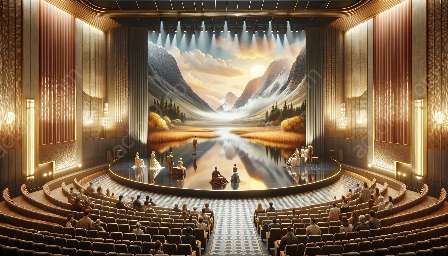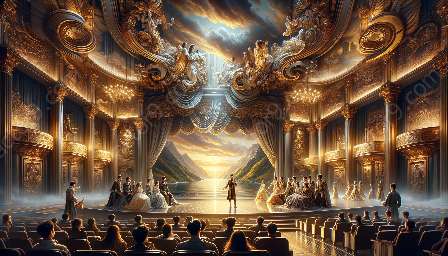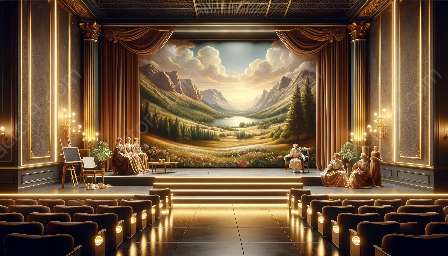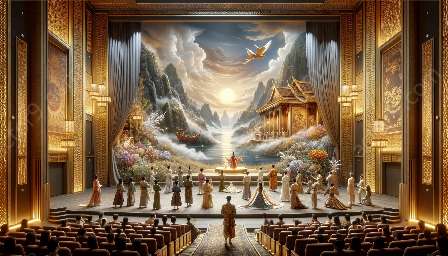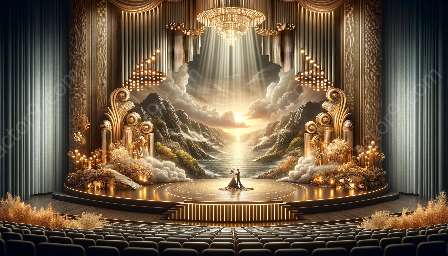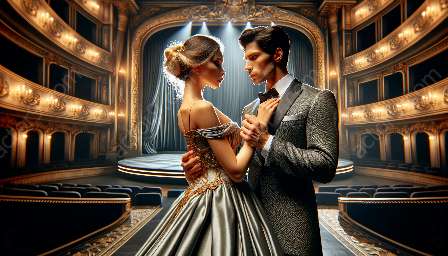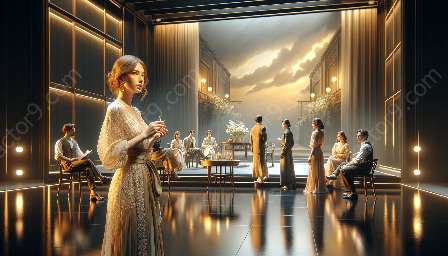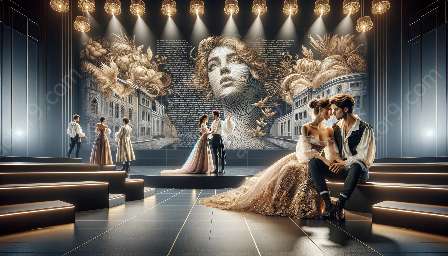Realism in modern drama has been a prominent movement in theatrical history, emphasizing the portrayal of everyday life and human experiences on stage. When it comes to staging realistic modern drama, practical considerations play a crucial role in bringing these works to life in a compelling and authentic manner.
Understanding Realism in Modern Drama
Before delving into the practical aspects of staging realistic modern drama, it's essential to grasp the key elements of realism in modern drama. Realism in modern drama seeks to present life as it is, focusing on the naturalistic depiction of characters and situations, often addressing social issues and human struggles in a truthful and unembellished manner.
Key characteristics of realism in modern drama include:
- Authentic dialogue and language reflective of everyday speech
- Believable and multi-dimensional characters
- Exploration of social issues and human condition
- Attention to detail in set design and costumes
Practical Considerations for Staging Realistic Modern Drama
Character Development and Acting
When staging realistic modern drama, intense focus on character development and acting is paramount. Actors must delve deep into their characters, embodying their roles with authenticity and emotional depth. This involves careful analysis of the characters' motivations, relationships, and inner conflicts to bring forth a genuine portrayal on stage.
Set Design and Props
Realistic modern drama often requires meticulous attention to set design and props to create a convincing environment for the characters. Whether it's a domestic living space, a workplace, or an outdoor setting, the set should reflect the era and social context of the play. Authentic, functional props can further enhance the audience's immersion in the world of the play.
Lighting and Sound
The use of lighting and sound in realistic modern drama serves to heighten the atmosphere and reinforce the authenticity of the production. Lighting should emulate natural sources such as sunlight or household fixtures, while sound design can incorporate ambient noises and subtle cues that complement the setting and mood of the narrative.
Costumes and Makeup
Costumes and makeup contribute significantly to the visual realism of modern drama productions. Attention to historical accuracy, social class distinctions, and character traits through costume design and makeup application adds another layer of authenticity to the stage presentation.
Rehearsal and Direction
Given the emphasis on genuine human behavior and interactions in realistic modern drama, directors and actors engage in thorough rehearsals to refine the nuances of emotional expression, gestures, and physicality. The director's guidance is instrumental in ensuring a cohesive and truthful performance from the entire cast.
Compatibility with Modern Drama
Realistic modern drama aligns with the broader scope of modern drama, encompassing a diverse range of styles and thematic concerns. While realism maintains a distinct focus on the faithful representation of life, it coexists with other modes of modern drama, such as expressionism, absurdism, and naturalism, offering a multifaceted landscape in theatrical storytelling.
Conclusion
Staging realistic modern drama involves a comprehensive and meticulous approach that integrates the principles of realism in modern drama. By prioritizing authenticity, attention to detail, and empathetic storytelling, theatre practitioners can bring compelling, thought-provoking productions to the stage, resonating with audiences through genuine human experiences.


